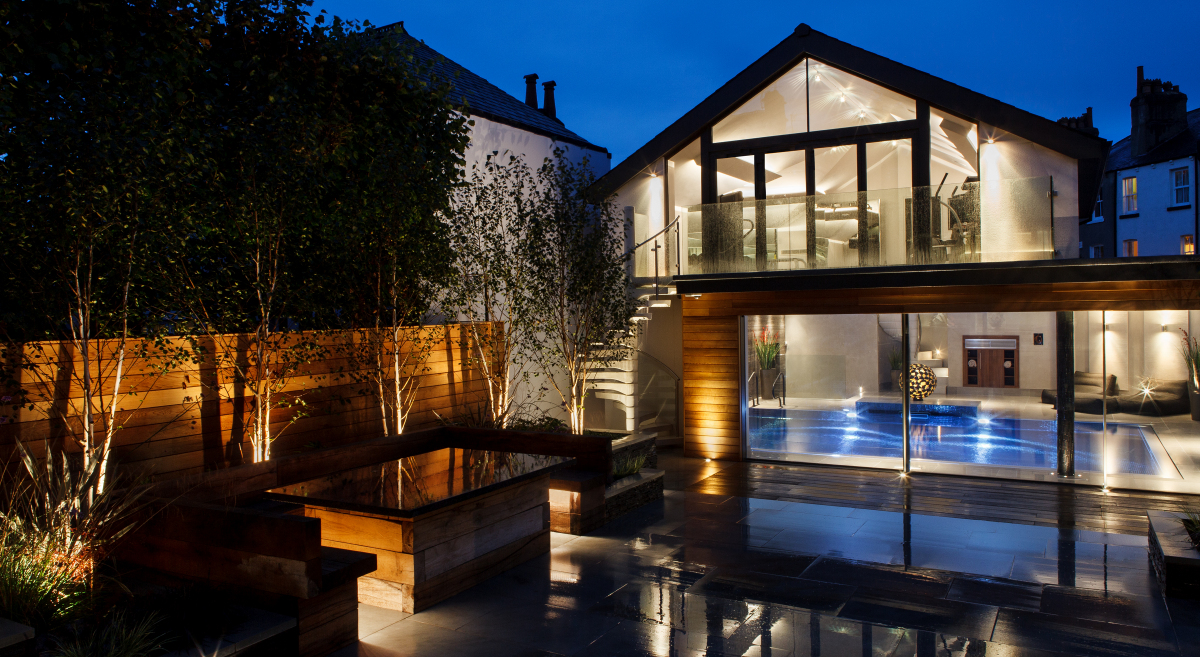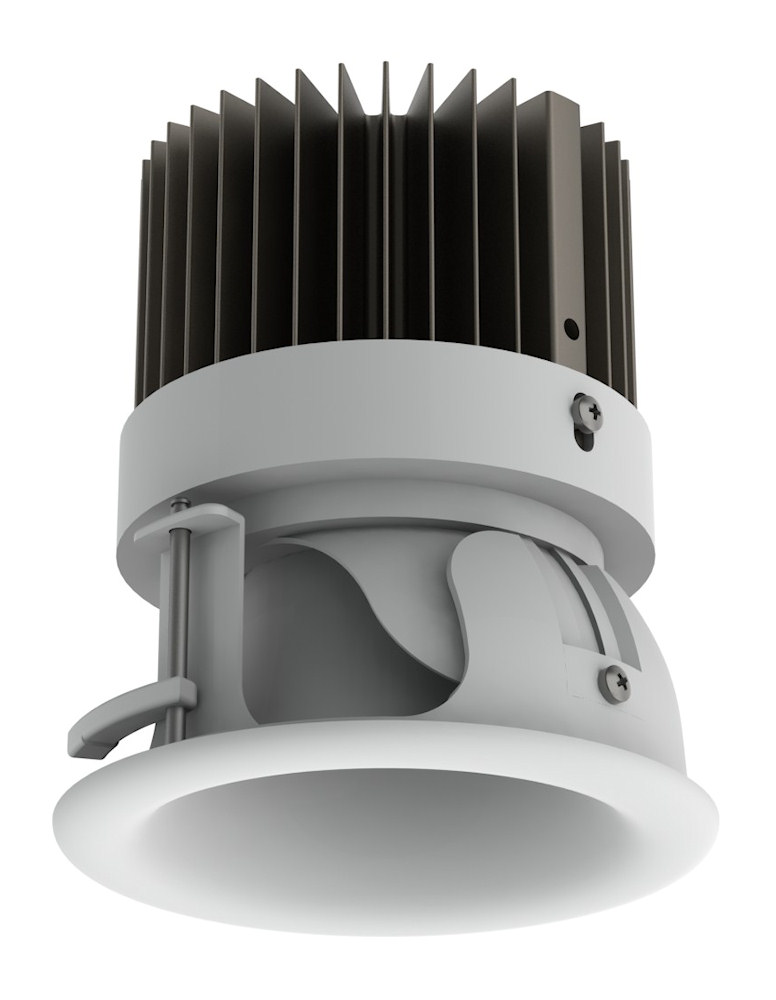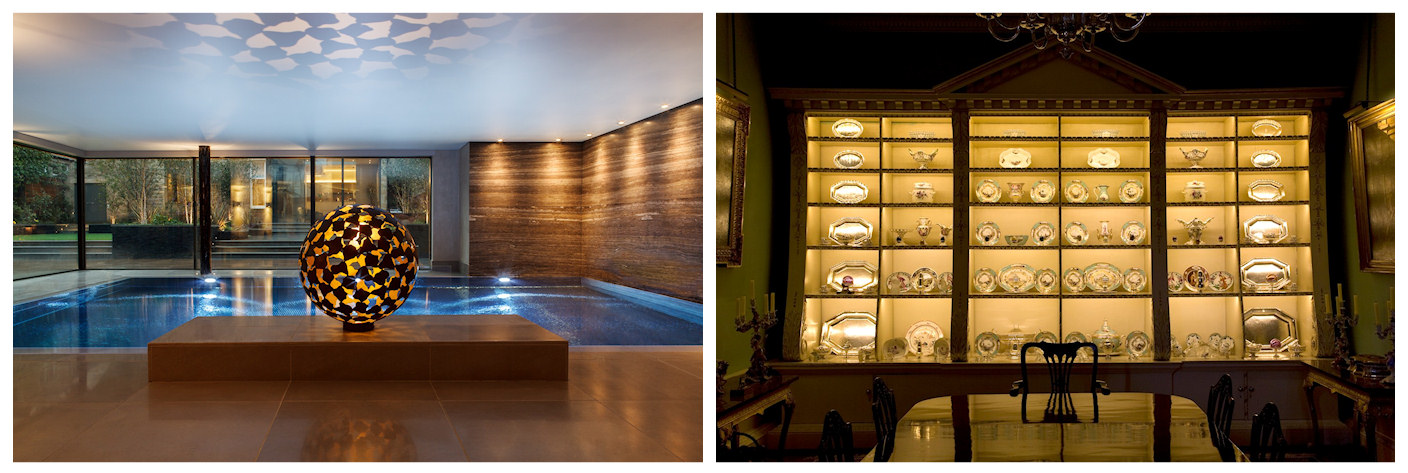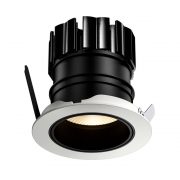“Cheap as Chips” – the problem with cheap LED lighting
“I’ve got a house full of LED and I hate it”; that’s hardly a ringing endorsement of our primary source of light for residential projects. Yet that’s a verbatim quote from a lady we met at the Homebuilding and Renovating Show in Harrogate recently. She’s not a lone dissenting voice either. We speak to quite a few people who have had really off-putting experiences with LED lighting and we commented last month on the surprisingly slow take-up of LED lighting in the residential sector. So in this article we look at the pitfalls associated with cheap LED lighting and crucially how you can avoid them and make the most of LED as a magical light source.

A look at the technology behind LED lighting
The LEDs used for lighting are naturally blue. In simple terms they are made white with the application of phosphor. The amount, the precise colour of the phosphor, the way that it is applied and how the chip is thermally managed determine the colour, colour rendering and stability of the colour over time.
Billions of chips are made but only a small proportion emit really good quality light. Top quality manufacturers buy these expensive chips and then invest substantially in R&D and materials to develop light engines or lamps which enhance and maintain these chips so that they continue to deliver lovely light. They ‘colour bin’ the chips accurately so that, as a specifier, you can choose the colour of light you wish to buy – and the fittings or lamps do what they say they’re going to do. Meanwhile, substantial quantities of cheaper, less desirable chips are bought and used in poorer quality light engines or lamps, and sold at low prices. These chips can give a wide variation around white: usually blue, green or yellowy brown. Cheap in this context is a relative term. A “cheap” LED light source will still likely be a lot more expensive than its halogen equivalent.
So what has this to do with the lady with a house full of LED that she hates? Put simply, there are more things to consider with LED lighting and there are more ways to get it wrong. Let’s group the complaints people make into three main headings. It’s cold, dingy, and it doesn’t dim properly.
LED lighting is cold
It frequently is but it needn’t be. The inherent ‘blue’ of poorer quality LED lighting can create the ambience of the abattoir, but we use LED all the time to create beautiful welcoming spaces. It’s important to understand colour temperature and even more important to physically test it out. Ideally you’d test out potential LED sources against a halogen ‘benchmark’, to get a real comparison of the LED vs. what you’re used to. Good quality fittings/lamps should be able to hold their own against halogen.
LED lighting is dingy
The complaint about dinginess is easy to understand. Halogen is a familiar light and we are used to its characteristics, both in terms of quantity of light and colour rendering.
In terms of output, if we take the 50w low-voltage halogen lamp as a benchmark, its typical output is c.900 lumens (lumens is a measure of the amount of light from a source). A good quality LED replacement lamp at the moment might put out 400 lumens. That’s a big difference. It’s enough of a difference to mean like for like replacement is unlikely to give acceptable results. LED replacement lamps have to mirror the form factor of the light source they are replacing otherwise they won’t physically fit into the fittings. That doesn’t leave a lot of room for the thermal management that LED demands. Lower output is a consequence.

However, there is an alternative. Because they aren’t restricted by an unsuitable form factor, dedicated LED fittings can have better thermal management and are capable of much higher output than a retrofit lamp. A downlight like the one pictured is residential sized, low glare, and capable of 1300+ lumens. It’s a genuine 50w+ low-voltage halogen replacement.
‘Dinginess’ is also a function of colour rendering: low voltage halogen delivers an almost perfect rendering across the whole colour spectrum. Blues look blue, reds look red, and wood looks warm. LEDs can vary hugely; chips with poor colour rendering will make many colours look a flat dingy brown or grey, chips with excellent colour rendering will bring out the warm and depth that make a space interesting.
LED lighting doesn’t dim properly
LED lighting needs to be dimmed differently. Conventional dimmers and LED don’t make happy bedfellows, and you can end up with some very odd results including flashing, flickering, and barely dimming. Gone are the days when you could just wire fittings and dimmers together and just expect them to work.
A small number of manufacturers are starting to bring out ‘conventional’ looking dimmers which work better with some LEDs, and this is a welcome step forward. We would still strongly recommend that the different components (LED source, driver and dimming module) are tested together at an early stage, as compatibility between the components is key.
For optimum results though we’d suggest using a lighting control system. Lighting control systems offer another level of refinement and are an ideal partner for LED lighting schemes. A well specified, designed and programmed control system will enable dimming through DALI, 0-10v and DMX, all of which enable excellent dimming for a wide range of LED sources, including linear 12v/24v LEDS (great for coffer washes etc). Early consideration and expert advice are both important. Ideally get advice from a firm that understands both the light sources and the lighting control system, the cabling architecture can be very different and the relationship between the components is critical.
LED lighting is the future of residential lighting

Let’s forget the theory, let’s look at what can be done. The lighting in these pictures is a counter to the three big myths about LED lighting. The output of the light is perfect in each. It’s tuned to the space and use of the room. The colour is fabulous and it brings out the richness of the textures and materials being lit. Both rooms can be dimmed down to wonderfully intimate low levels. The lighting in both pictures is 100% LED.
The DECC figures on residential lighting energy usage suggest stagnation in the take-up of LED. LED lighting is the future of residential lighting, it’s a fabulous light source and used properly can give the most amazing results. Let’s not accept the myth that energy-efficiency has to go hand in hand with poor quality light.

